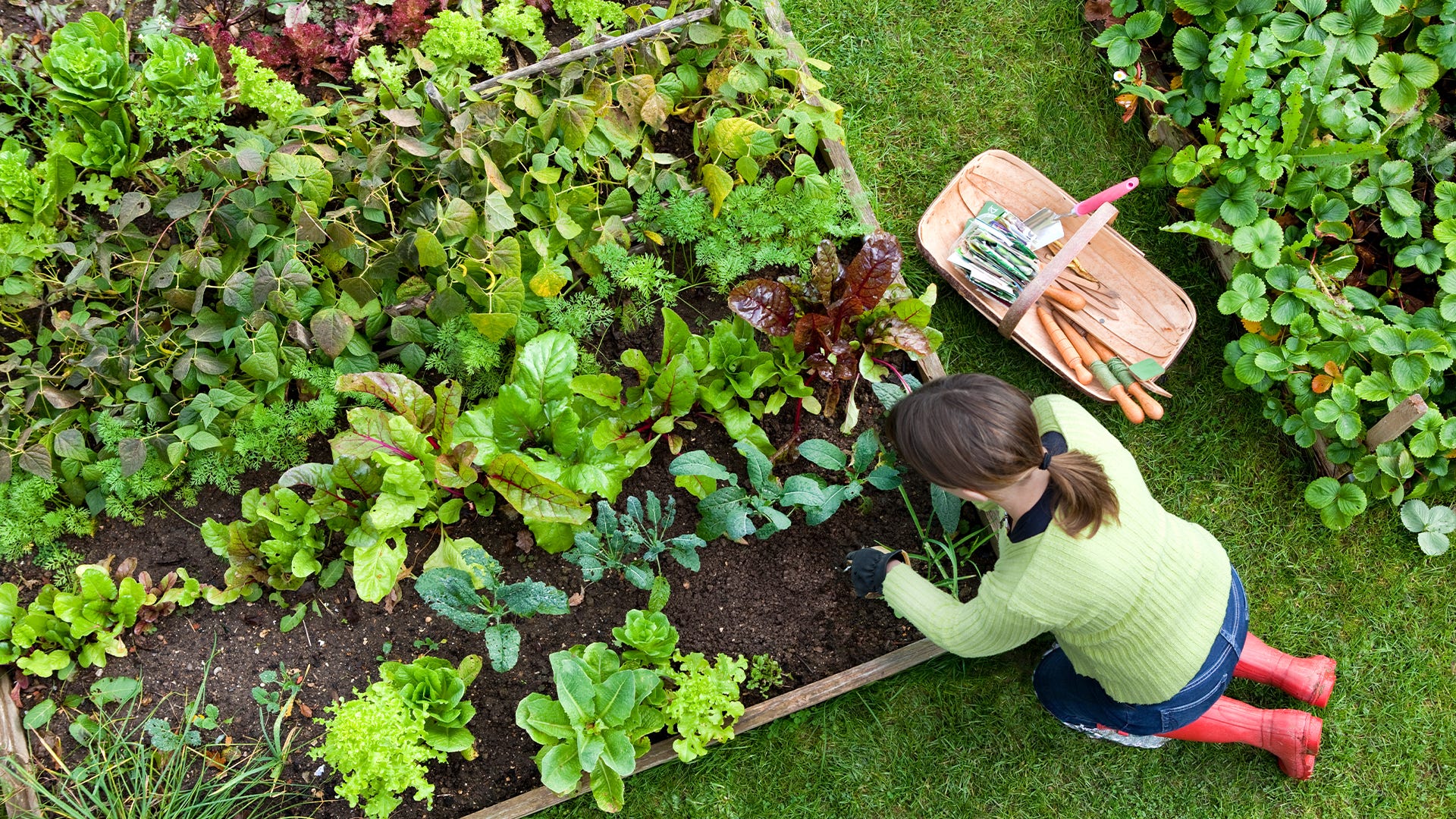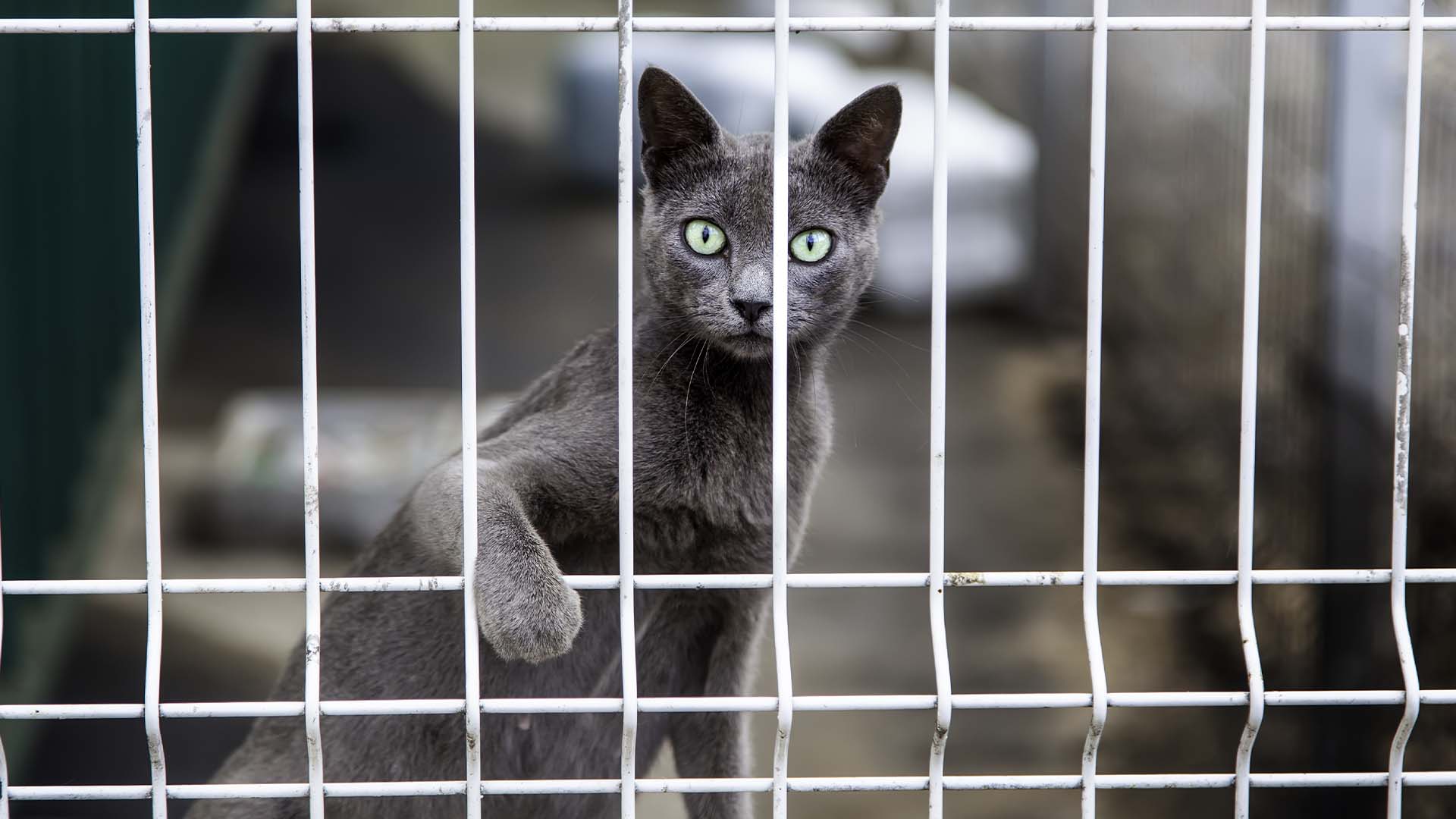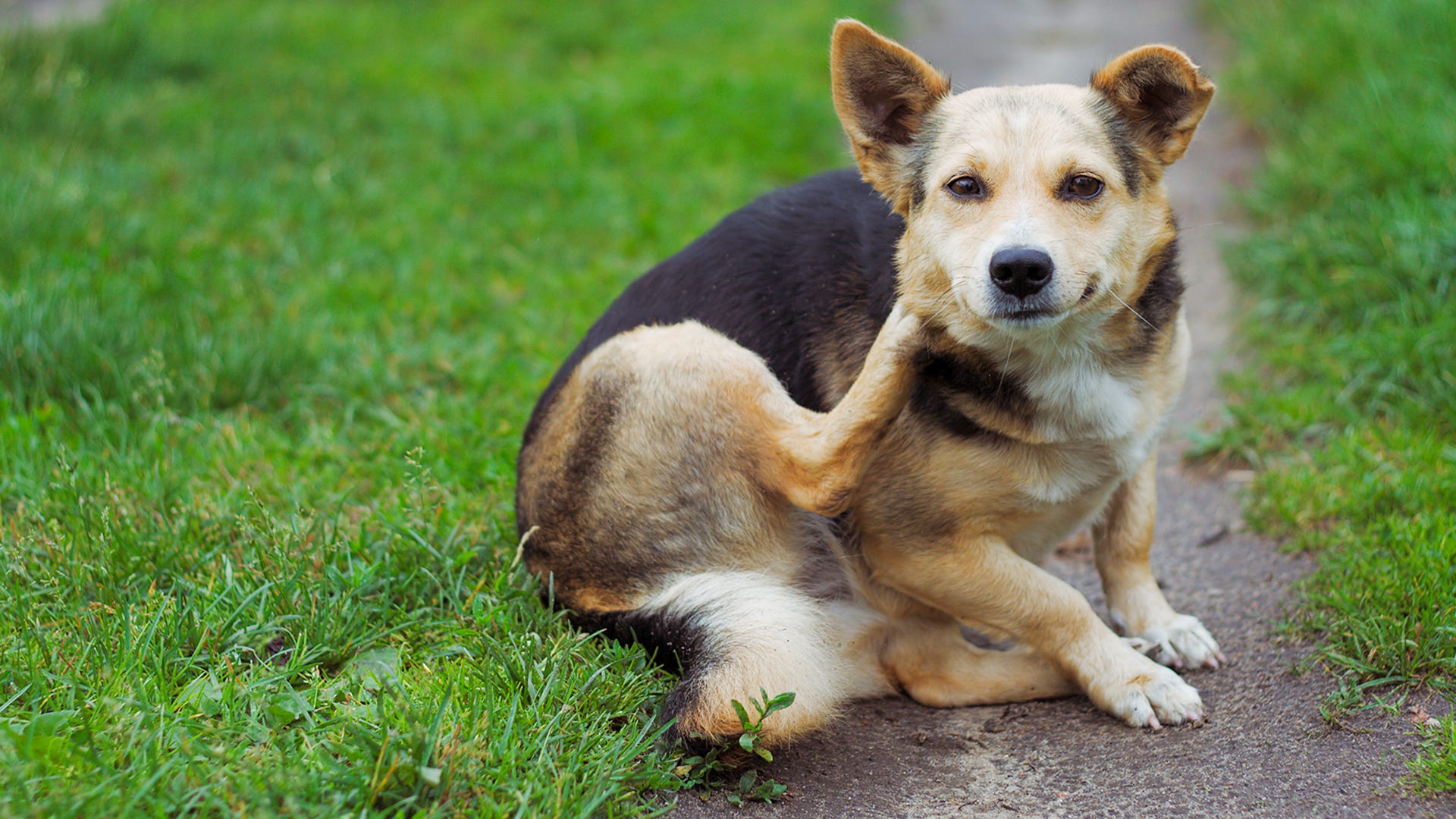Integrated Pest Management (IPM) is an ecologically-sensitive approach to controlling critters, and it can significantly reduce or eliminate the use of pesticides.
Used by farmers and gardeners the world around, IPM is a pest control strategy that first seeks to take advantage of the earth’s natural controls before resorting to repellents or pesticides.
Components
There are 6 components, or steps, to following a typical IPM system:
- Finding acceptable pest levels: IPM focuses on pest control, rather than the complete removal of critters. Having one or two critters that frequent your yard may result in less harm than your chosen control methods. If you set an amount of critters you can tolerate in your yard, you can put off disturbing the course of nature, and still enjoy a thriving garden.
It’s important to realize that some insects or critters might actually be beneficial to your garden. Using pesticides to get rid of certain pests can unintentionally hurt the beneficial organisms that help your garden to flourish. So, keep this in mind when setting a pest tolerance level. - Preventative cultural practices: The greater amount of healthy crops or plants you have, the less of an impact pest damage will have on you and your garden. IPM promotes choosing plant varieties that work best in local growing areas, as well as certain pest-resistant varieties that animals don’t like to eat.
- Monitoring: Regular observation is key; visual inspection, insect traps and other measurement tools will help you keep a record of the success of your control methods.
- Mechanical controls: If you take the first few measures and still find that your pest level is intolerable, the next option is to manually remove or block pests. The best methods of mechanical pest control include hand-picking, setting up barriers and/or traps, and vacuuming.
- Biological controls: This component promotes using the predator-prey relationship to your advantage, introducing natural, beneficial predators or parasites in order to get rid of the target pest. For example, predatory bugs can be purchased that eat the specific nuisance insects in your garden.
Please note, this component of IPM is reserved for insects and small animals. - Responsible use of repellents: The last resort of an IPM system is repellent use. You may choose to apply repellents for use in organic gardening or, if you must, chemical-based repellents. The use of repellents should be kept to a minimum, applied only when and where needed.
Keep in mind that with repeated use of chemical pesticides, the critters you try to control may build up a resistance to that which is being applied. What’s more, the same chemicals you use to get rid of pests often kill off their natural predators.
IPM is not only an environmentally sensitive method of animal control, but it is also considered a more economical method as well, for a couple of reasons. As when using organic methods of gardening, preserving the natural cycle of your yard or garden will increase its self-sustainability, thus minimizing the amount of time, money and effort you need to put into maintenance. Furthermore, by putting off or minimizing the use of products like pesticides, you save money – it’s as simple as that.




